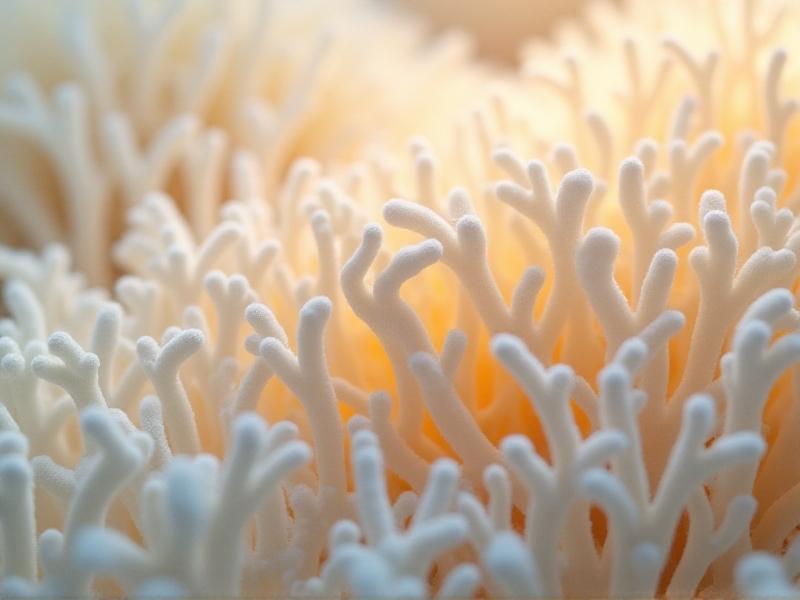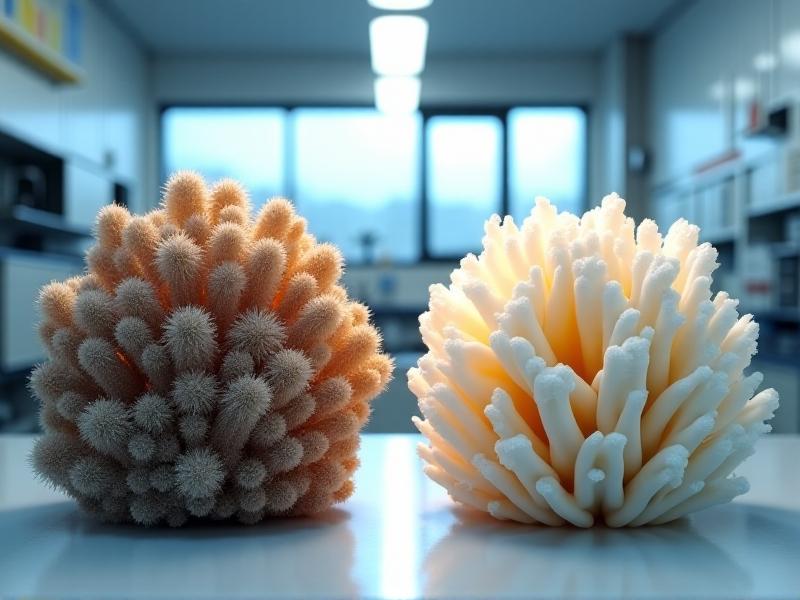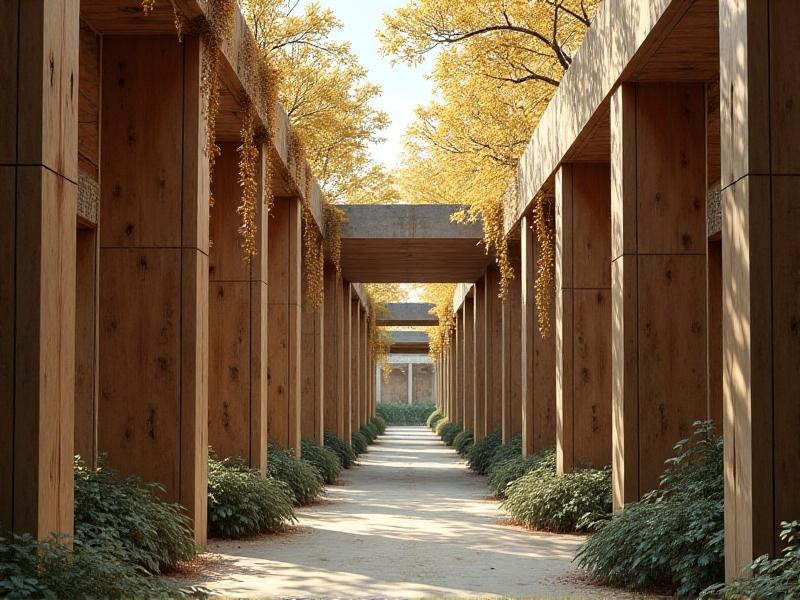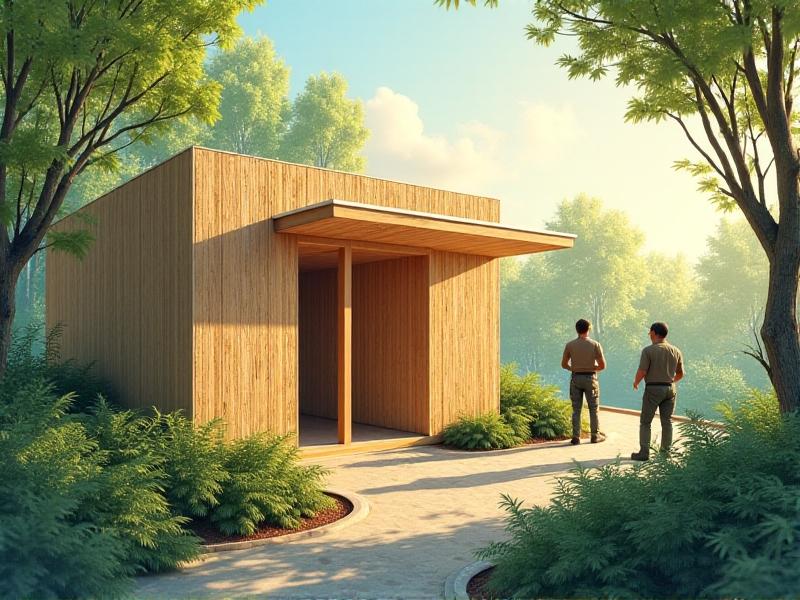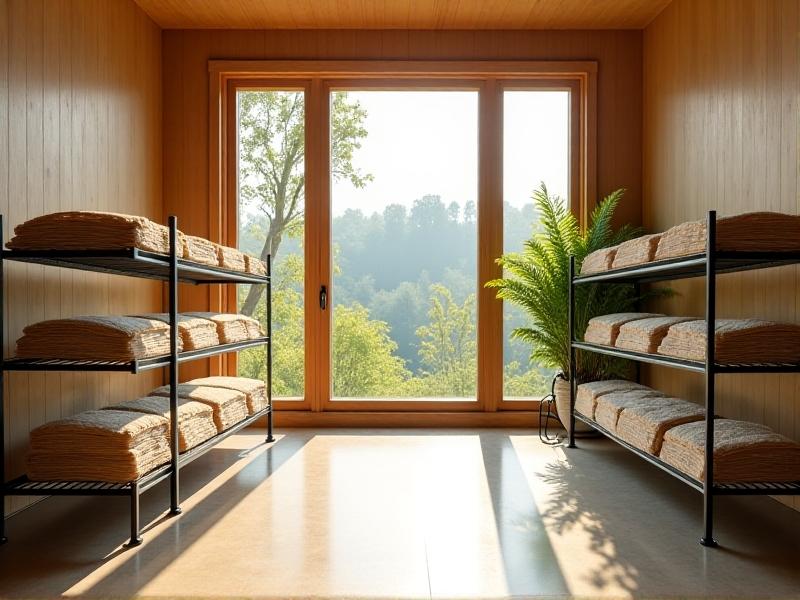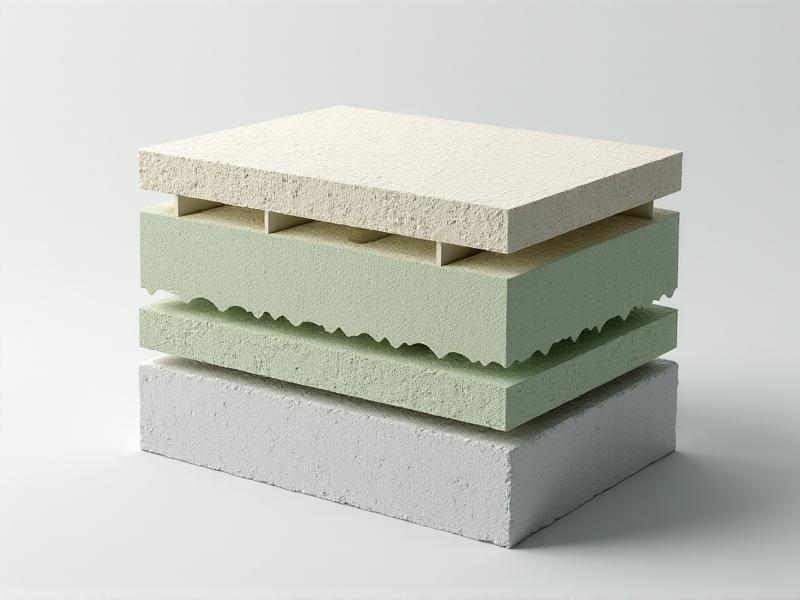Urban Architecture Innovations Using Mushroom-Based Insulation
The Rise of Mushroom-Based Insulation in Urban Architecture
In recent years, the architectural world has witnessed a paradigm shift towards sustainable and eco-friendly building materials. Among these, mushroom-based insulation has emerged as a groundbreaking innovation. Derived from mycelium, the root structure of mushrooms, this material offers a biodegradable, energy-efficient, and cost-effective alternative to traditional insulation. Urban architects are increasingly turning to this organic solution to reduce carbon footprints and create healthier living environments. This section explores the origins of mushroom-based insulation and its growing adoption in urban architecture.
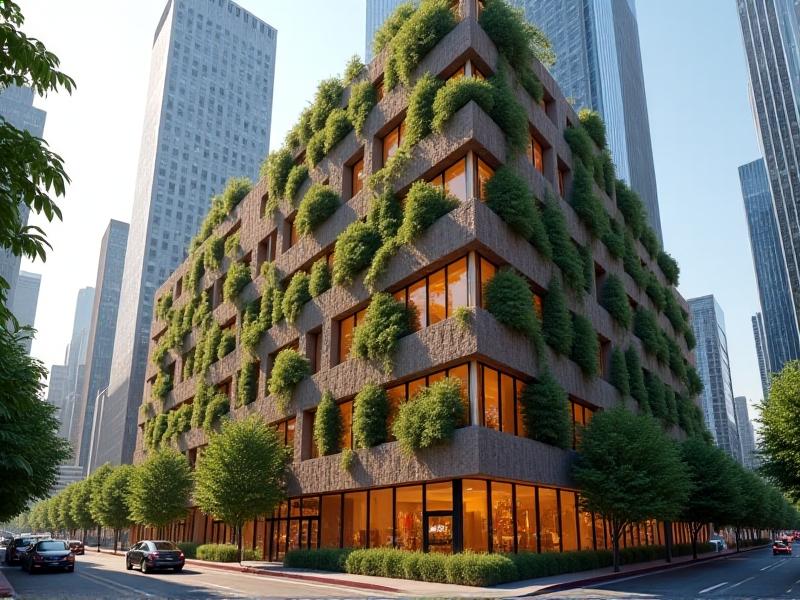
How Mushroom-Based Insulation Works
Mushroom-based insulation is created by growing mycelium on agricultural waste, such as corn husks or sawdust, in controlled environments. The mycelium binds the waste into a dense, foam-like material that can be shaped into panels or blocks. Once dried, the material becomes fire-resistant, water-repellent, and highly insulating. Unlike synthetic insulation, it decomposes naturally at the end of its lifecycle, leaving no harmful residues. This section delves into the science behind mushroom-based insulation and its unique properties that make it ideal for urban construction.
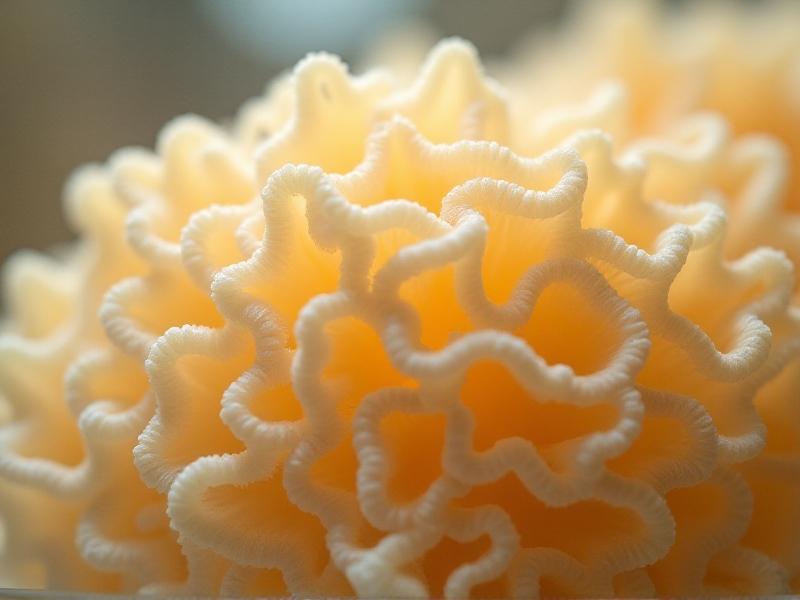
Environmental Benefits of Mushroom-Based Insulation
The environmental advantages of mushroom-based insulation are undeniable. It significantly reduces reliance on petroleum-based materials, which are major contributors to greenhouse gas emissions. Additionally, the production process consumes minimal energy and generates negligible waste. By using agricultural byproducts, it also supports circular economies and reduces landfill dependency. This section highlights the ecological impact of mushroom-based insulation and its role in promoting sustainable urban development.
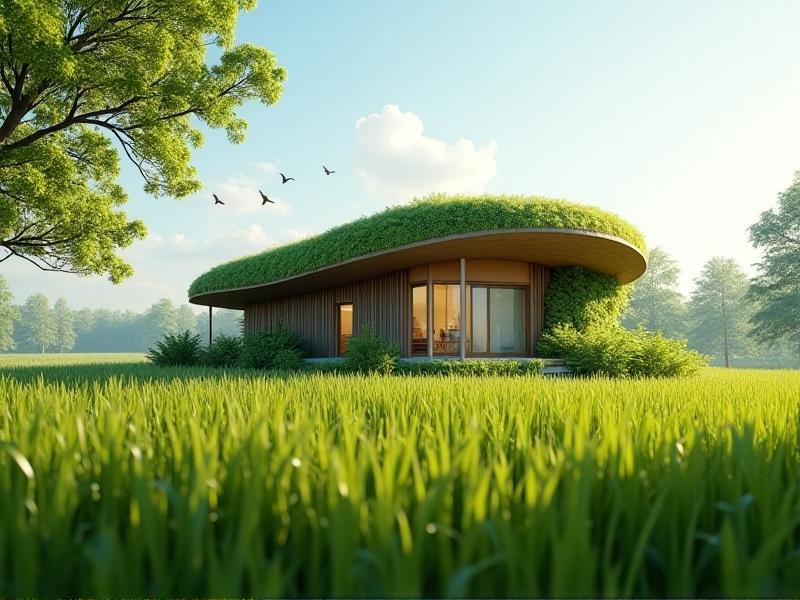
Economic Viability and Cost Efficiency
While mushroom-based insulation is still in its early stages of commercialization, its cost efficiency is becoming increasingly apparent. The raw materials are inexpensive, and the production process is scalable, making it a viable option for large-scale urban projects. Moreover, its durability and energy-saving properties can lead to long-term cost savings for building owners. This section examines the economic aspects of mushroom-based insulation and its potential to disrupt traditional insulation markets.
Case Studies: Urban Projects Using Mushroom-Based Insulation
Several pioneering urban projects have already incorporated mushroom-based insulation, showcasing its versatility and effectiveness. From residential buildings to commercial spaces, these case studies demonstrate how this material can be integrated into diverse architectural designs. This section explores real-world examples, highlighting the challenges faced, solutions implemented, and the overall impact on the built environment.
Challenges and Future Prospects
Despite its many benefits, mushroom-based insulation faces challenges such as limited awareness, regulatory hurdles, and the need for further research to optimize its performance. However, with increasing interest from architects, researchers, and policymakers, its future looks promising. This section discusses the obstacles and opportunities for mushroom-based insulation, envisioning its potential to revolutionize urban architecture.
Conclusion: The Role of Mushroom-Based Insulation in Shaping Sustainable Cities
As cities grapple with the dual challenges of rapid urbanization and climate change, mushroom-based insulation offers a beacon of hope. Its ability to combine sustainability, efficiency, and affordability makes it a game-changer in urban architecture. By embracing this innovative material, architects and builders can contribute to the creation of greener, healthier, and more resilient cities. This final section reflects on the transformative potential of mushroom-based insulation and its role in shaping the future of urban living.

